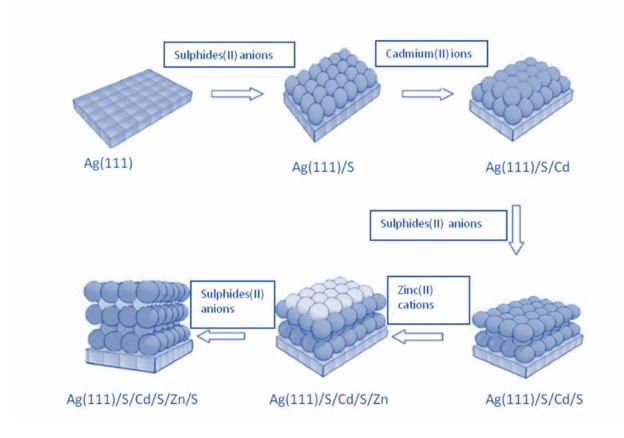A Survey of Recent Advances in Electrochemical Atomic Layer Deposition
Keywords:
Electrochemical Atomic Layer Deposition, Thin Films, Precursors, Integration, Energy Storage and ConversionAbstract
Electrochemical Atomic Layer Deposition (E-ALD) has emerged as a promising technique for the precise deposition of thin films and nanostructures with atomic-level control. Recent advances in this field have expanded the range of materials that can be deposited, improved the efficiency and stability of the deposition process, and enabled the integration of E-ALD with other techniques. In this study, we present the following findings: First, we report the development of new electrode designs that enable more efficient and stable E-ALD processes. These electrode designs have resulted in the deposition of high-quality films with improved control over thickness and composition. Second, we describe the use of new precursors in E-ALD, such as metal-organic precursors, which have expanded the range of materials that can be deposited. This has allowed for the deposition of complex materials with improved precision and efficiency. Third, we report on our increased understanding of the deposition mechanisms involved in E-ALD, which has resulted from the use of advanced analytical techniques such as in situ spectroscopy and microscopy. This improved understanding has allowed for the development of more efficient and precise deposition processes. Fourth, we describe the integration of E-ALD with other techniques such as atomic layer etching and surface modification. This integration has led to the creation of new materials and structures with highly ordered nanostructures and precise control over their size and shape. Finally, we report on the promising applications of E-ALD in energy storage and conversion devices such as batteries, supercapacitors, and fuel cells. The precise control over film thickness and composition provided by E-ALD has enabled the development of high-performance electrodes and catalysts with improved durability and efficiency. Our findings demonstrate that recent advances in E-ALD have expanded its capabilities and potential applications, establishing it as a powerful tool for the controlled synthesis of thin films and nanostructures.

Downloads
Published
How to Cite
Issue
Section
License
Copyright (c) 2019 Author

This work is licensed under a Creative Commons Attribution-NonCommercial-NoDerivatives 4.0 International License.




